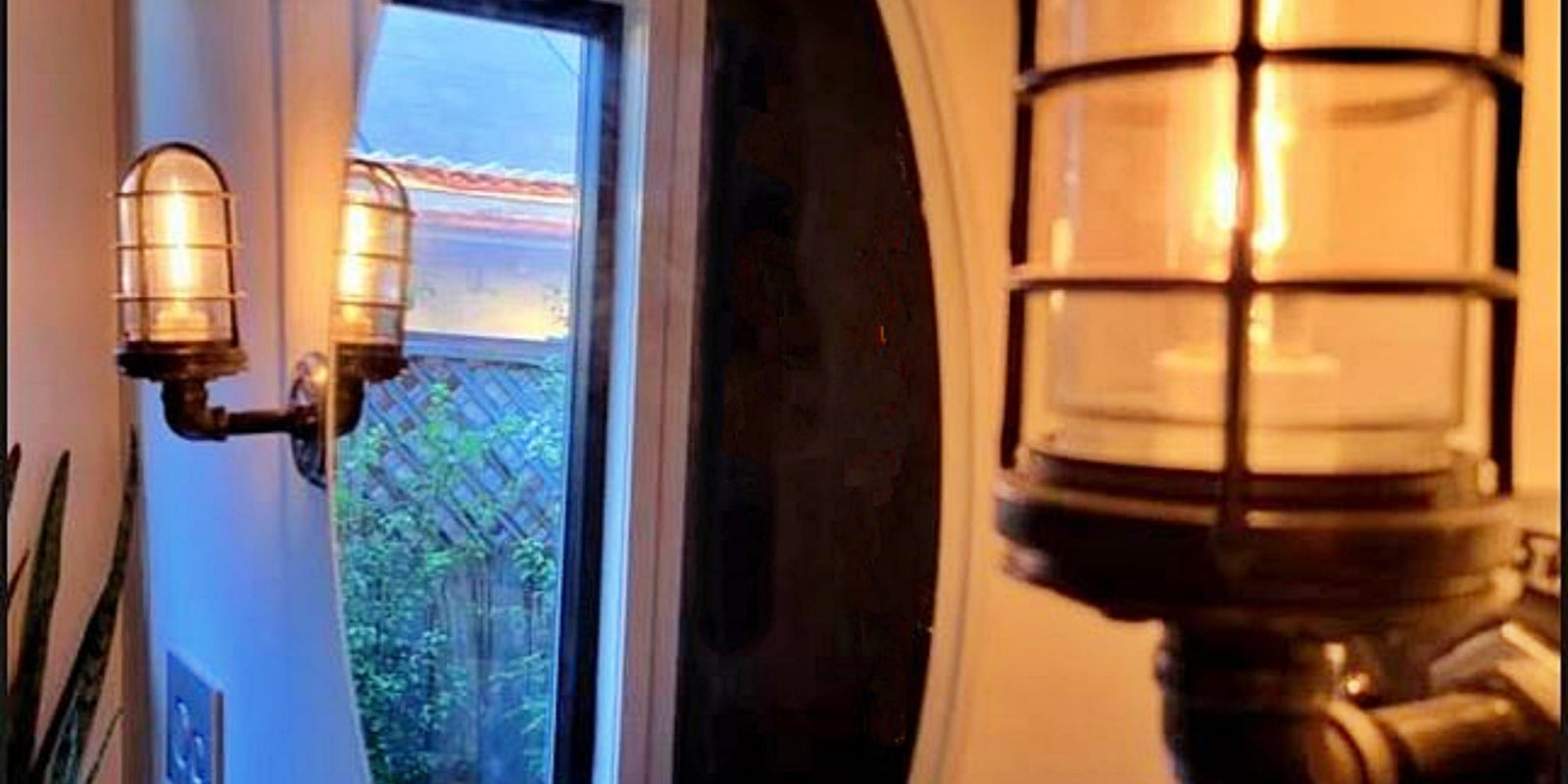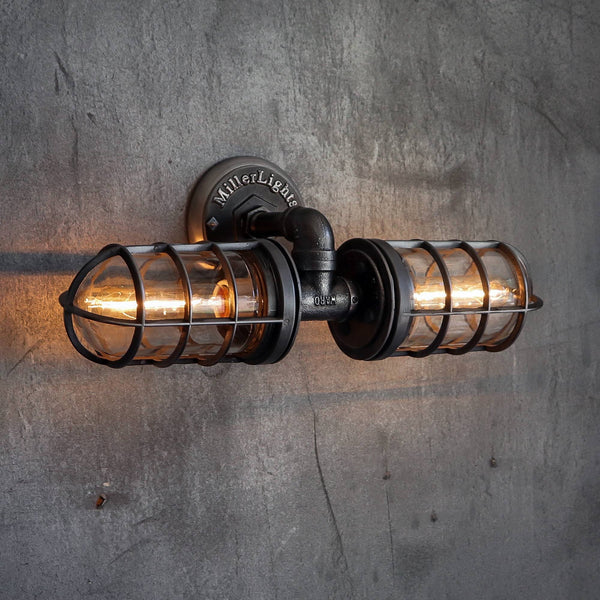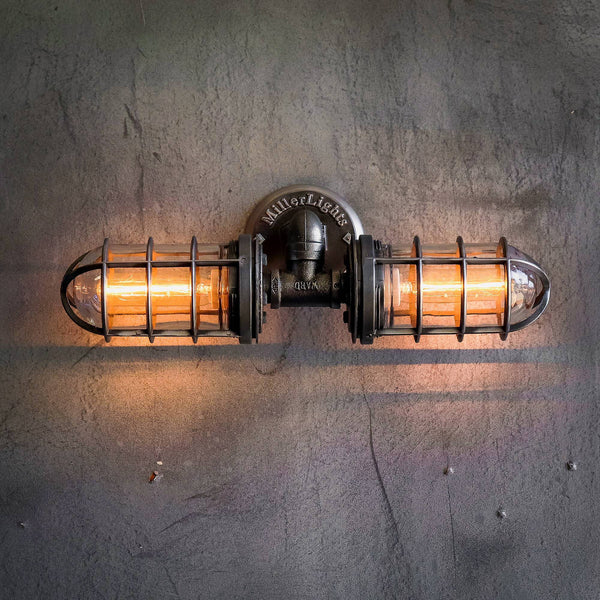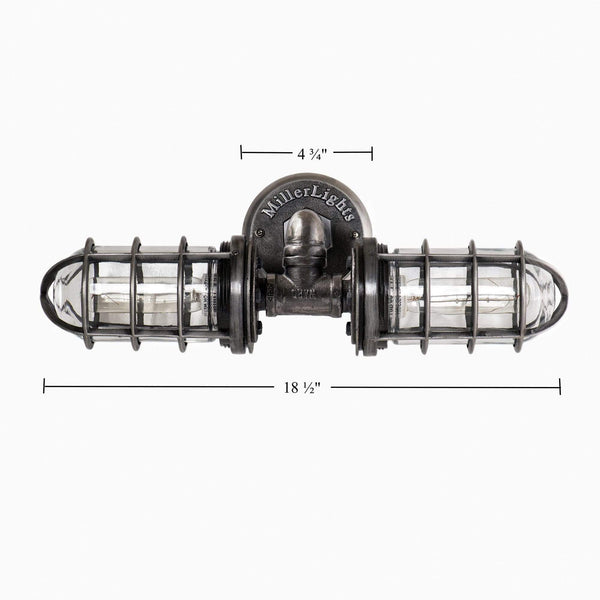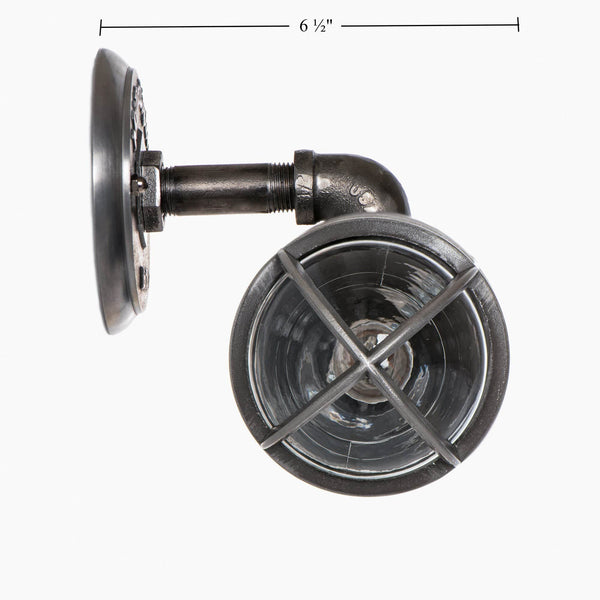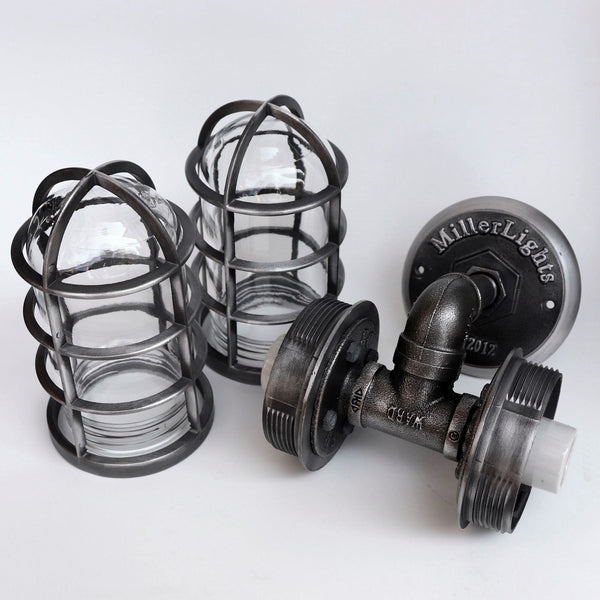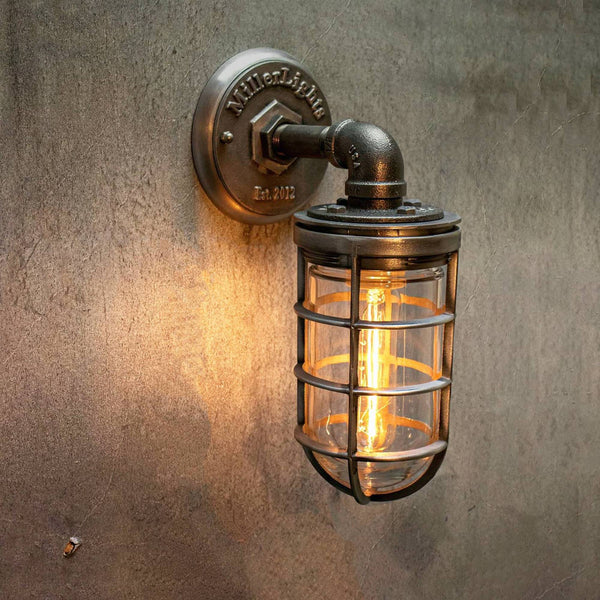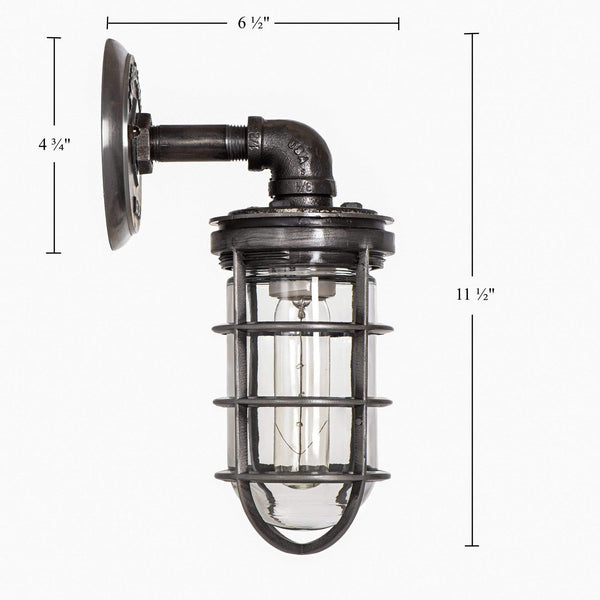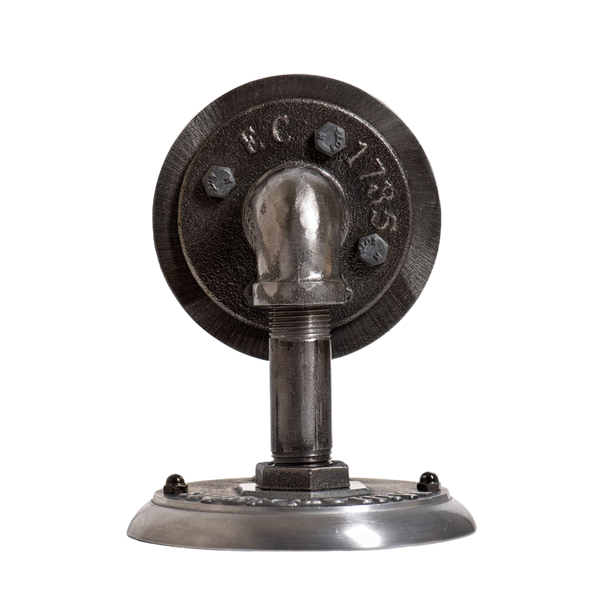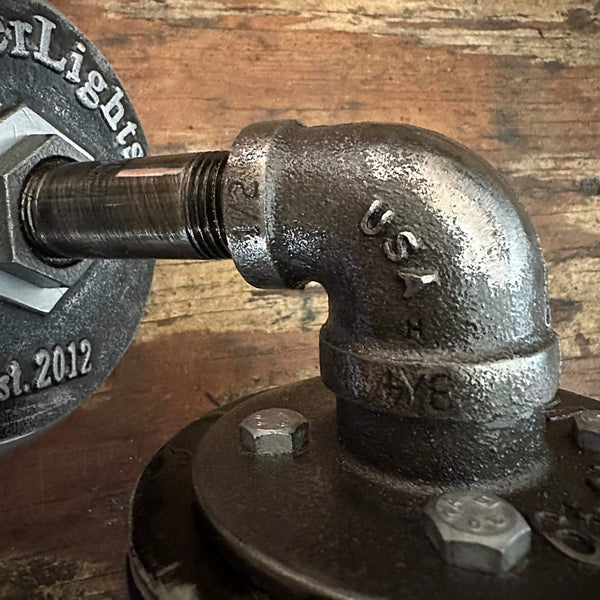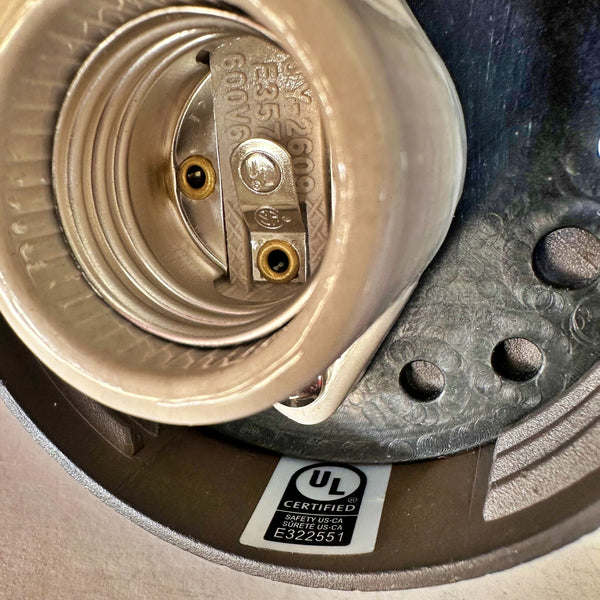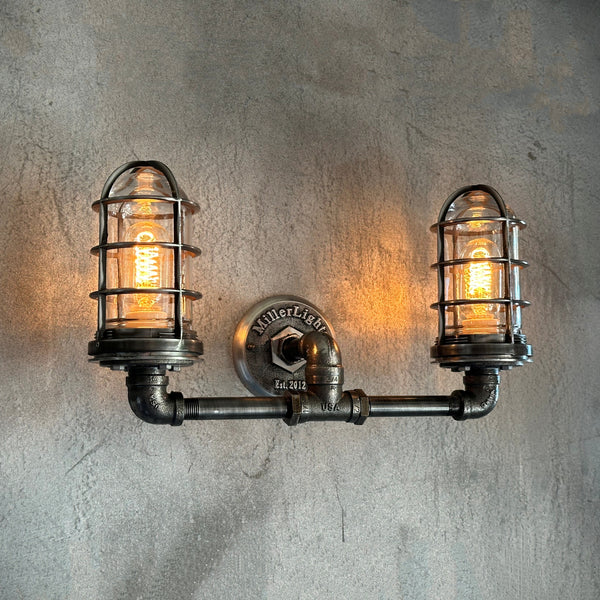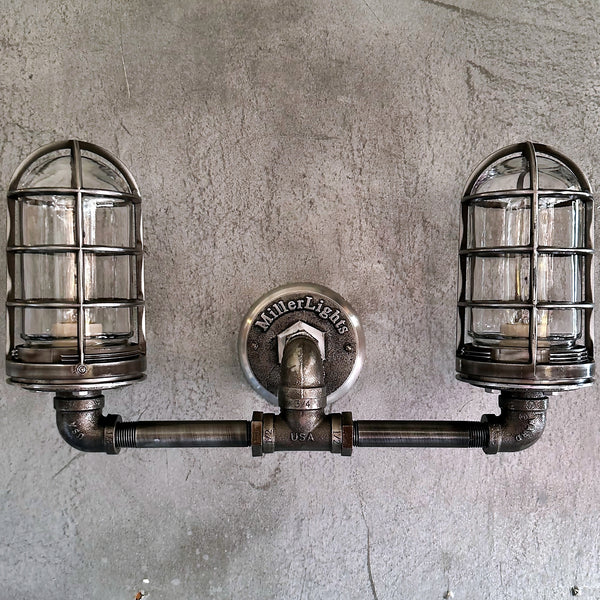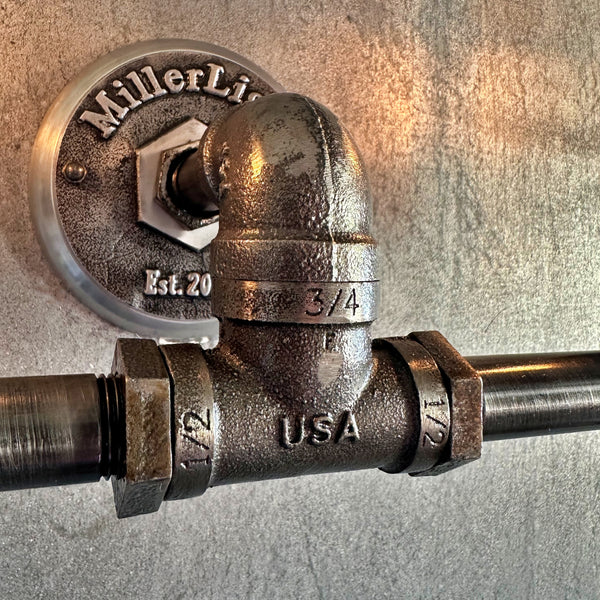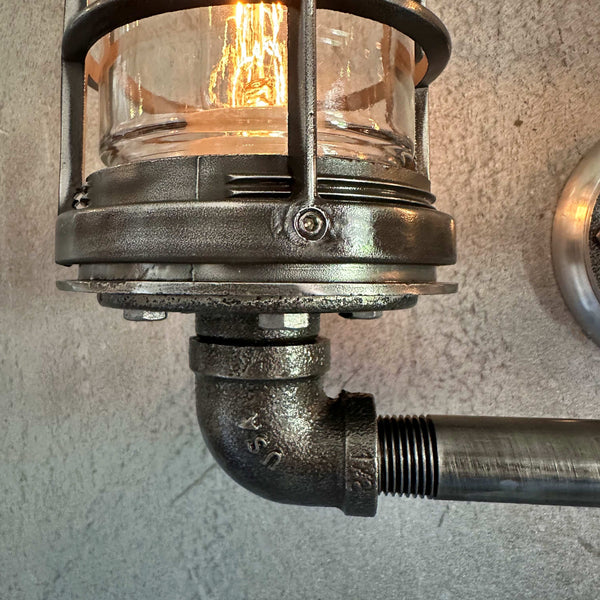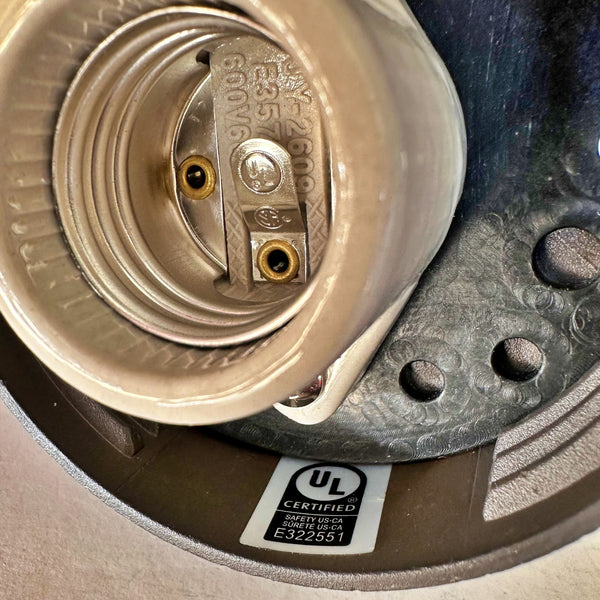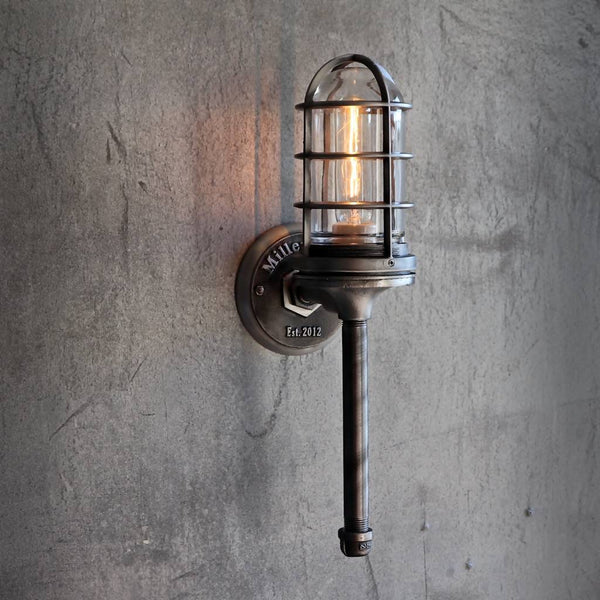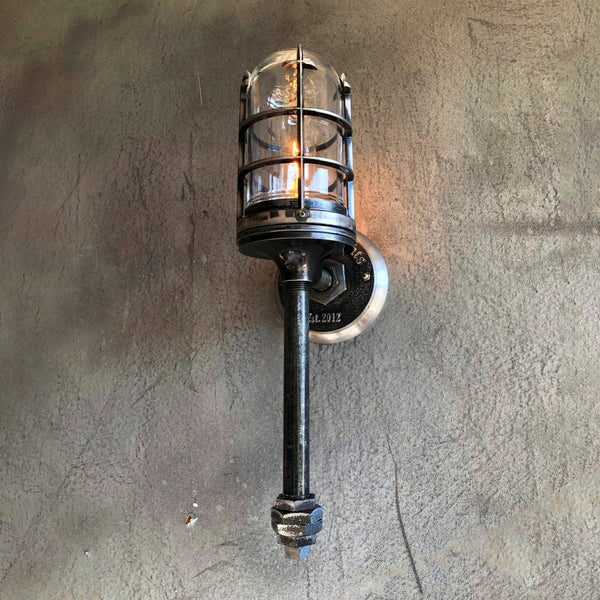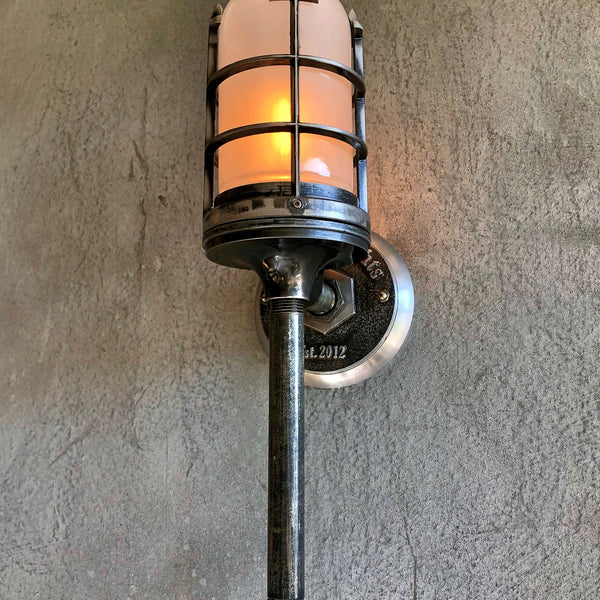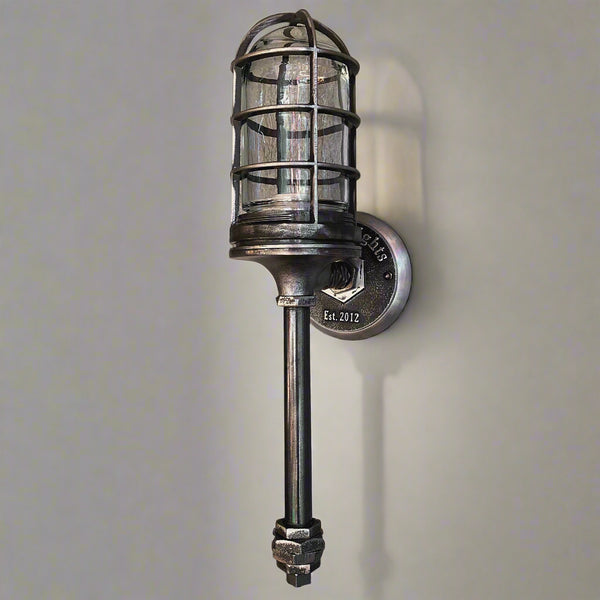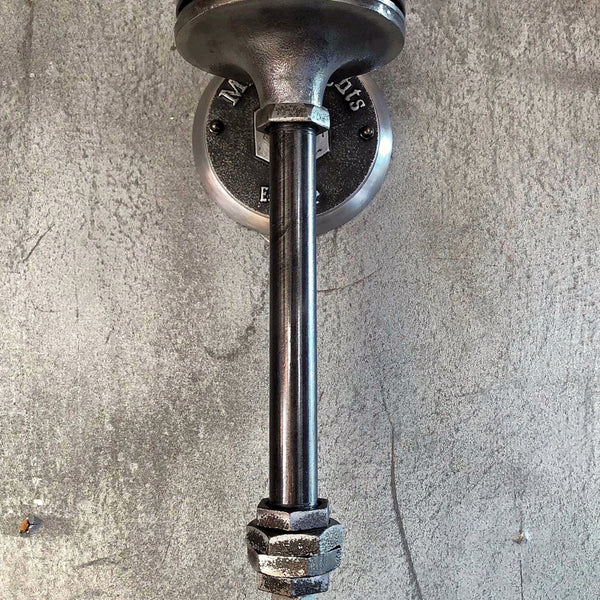When placing sconces next to a mirror, there are a few key considerations to keep in mind to achieve optimal lighting and aesthetics:

Height:The sconces should be mounted at a height that allows the light to evenly illuminate the face without causing glare or shadows. A common recommendation is to install the sconces at eye level or slightly above eye level when standing in front of the mirror.
Spacing: The distance between the mirror and the sconces is crucial for proper lighting distribution. Ideally, the sconces should be spaced evenly on either side of the mirror, typically around 36 to 40 inches apart, depending on the size of the mirror and the sconces.

Size and Style: Choose sconces that complement the size and style of the mirror as well as the overall decor of the room. Consider the scale of the sconces in relation to the mirror to ensure a balanced look.
Type of Light: Select sconces that provide the right type of light for the intended purpose. For grooming tasks like applying makeup or shaving, opt for sconces with diffused or frosted shades to minimize harsh shadows. If the sconces will primarily serve as ambient or accent lighting, consider decorative designs with clear or translucent shades.
Electrical Considerations: Ensure that there is access to electrical wiring near the mirror for installing the sconces. If necessary, consult with an electrician to determine the best placement and wiring options.
Mirror Frame: If the mirror has a decorative frame or trim, take its design into account when positioning the sconces. Aim to create a cohesive look where the sconces complement the mirror frame without overpowering it.
Overall, placing sconces next to a mirror involves creating a harmonious balance between functionality and aesthetics to enhance the lighting and visual appeal of the space. Experimenting with different placements and adjusting the height and spacing can help achieve the desired lighting effect and overall design scheme.
NEXT: Why is it Called a Wall Sconce?
Related article : The Enduring Appeal of Industrial Wall Sconces: Function, Form, and Timeless Style
